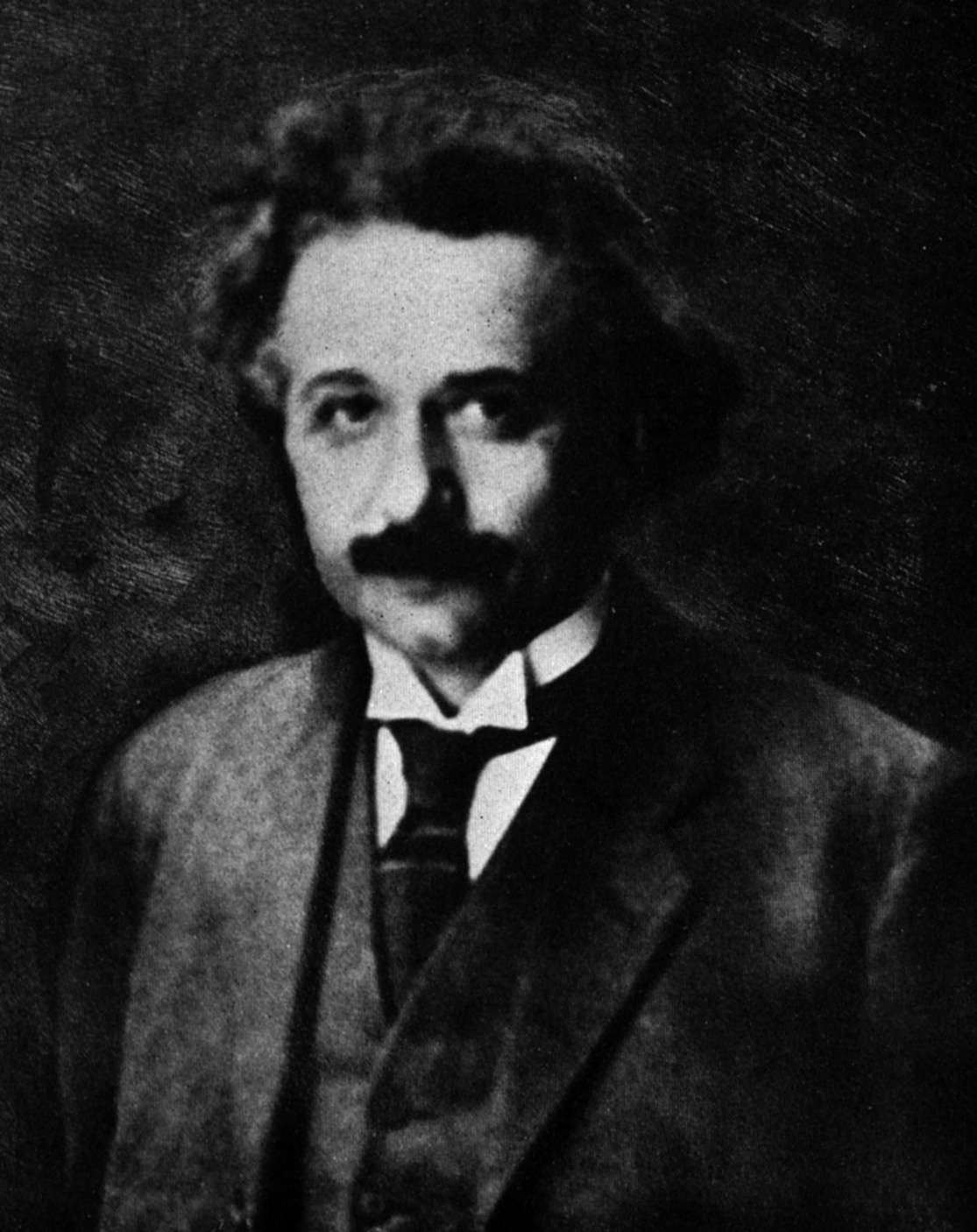

In 1920, Albert Einstein changed the way we think about time and space. (4) In publishing his Special Theory of Relativity, he showed us that time and space are inextricably linked, and that gravity has an enormous effect on both. For example, in the Special theory, Einstein states, "I stand at the window of a railway carriage which is travelling uniformly, and drop a stone on the embankment, without throwing it. Then, disregarding the influence of the air resistance, I see the stone descend in a straight line. A pedestrian who observes the misdeed from the footpath notices that the stone falls to earth in a parabolic curve." (5) What he's talking about is perception. How we perceive something has to do with where we are. For instance, as he drops the stone from the train, he sees it fall as if he were standing still; however, the person on the footpath perceives the stone falling from a moving vehicle thereby curving in its descent. The stone still hits the ground, but the two observers see its path to the ground differently.
What this did was to open up the study of physics into the realms of probablilty. What does this mean? Frankly, I don't know. However, I can theorize. As I have previously stated I am not a scientist, but I can deduct that since my perception is limited, the probability of something existing outside my realm of knowledge is possible. Let me take this a step further. As a result of Einstein's theories, scientists began to look at the submicroscopic universe in much the same way that Einstein looked at the macroscopic universe.
According to Einstein, the universe operates by a certain set of rules, however, the perceptions of scientists were based on assumptions. This is where it gets tricky. By showing us that our assumptions about space, time, and gravity weren't necessarily true, how could our assumptions about the basic building blocks of the universe be factual as well? Also, if these axioms hold true in the outer universe, then why wouldn't they hold true in the inner universe. Since we cannot see into the atom, but we can see into outer space, why wouldn't the same rules apply? Well, apparently they do. We can't be certain that these subatomic particles exist, but it is probable that they do.
Einstein Photo courtesy ArtToday